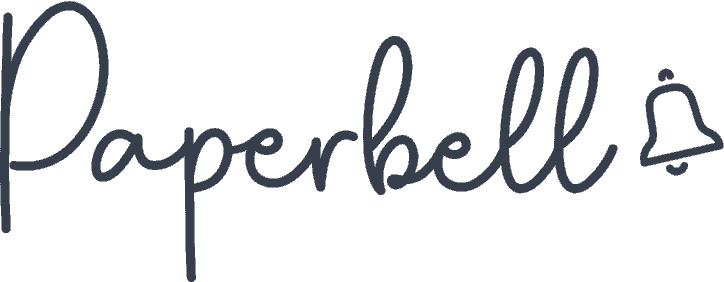Life coaching exercises help clients step back, reflect, and see their lives from a new perspective. They uncover hidden challenges and bring clarity to vague dreams.
If you use the right tool in the right coaching situation, it can spark breakthroughs that may be harder to achieve with coaching questions alone. This helps you turn your coaching conversations into transformative experiences that create a ripple effect in your clients’ lives.
In this roundup, we’ve gathered some of the most impactful life coaching exercises and how to use them for maximum effect with clients.
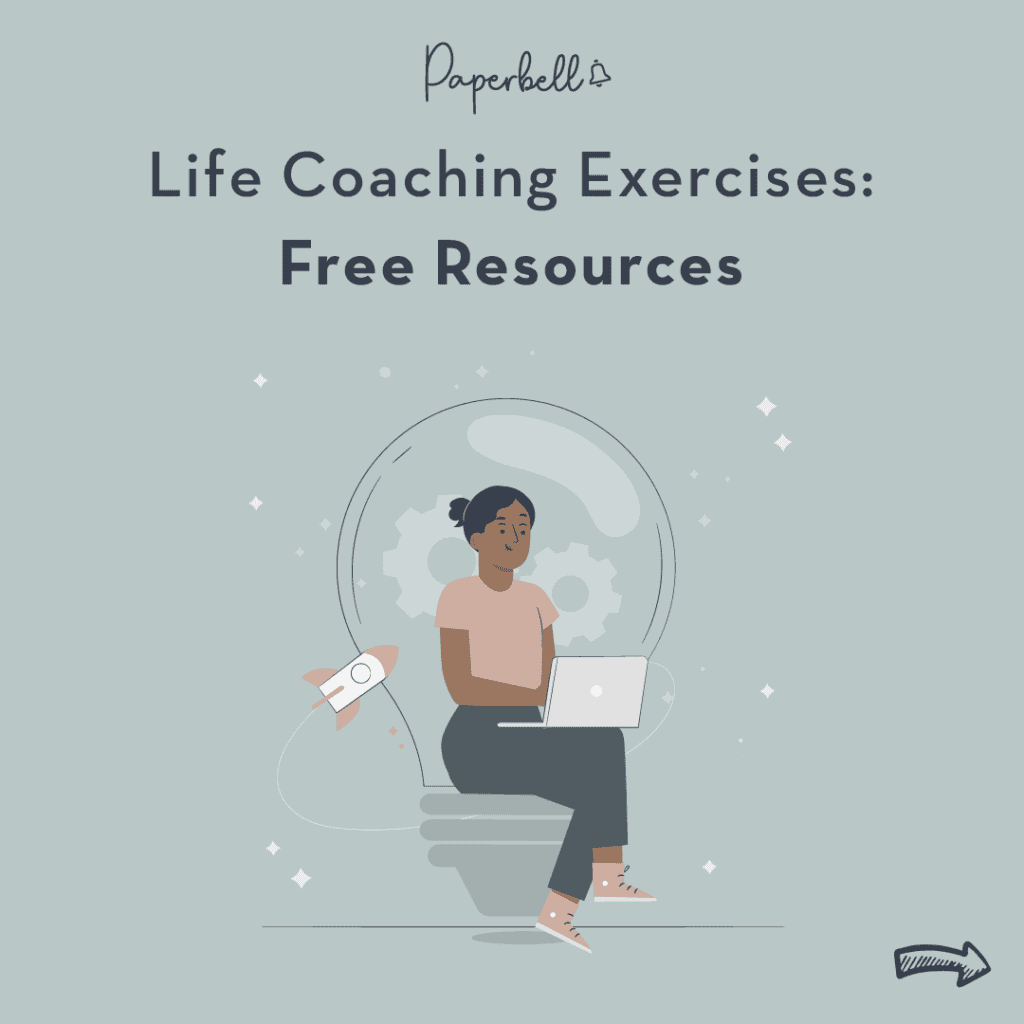
4 Types of Life Coaching Exercises
1. Coaching Exercises for Evaluation
Evaluation exercises act like a mirror for your clients, helping them step back and see their current situation, strengths, and blind spots more clearly.
These coaching tools are often the starting point for uncovering the real issue because what a client thinks is the problem isn’t always the root cause. By focusing on the present, evaluation exercises can map out a path for long-term coaching work and help clients get unstuck.
Some assessments are structured, like personality or strengths tests that provide clear results (introvert vs. extrovert, for example). Others are more open-ended, giving clients space to define their own experiences and identity in their own words. Both can lay the groundwork for meaningful breakthroughs.
[ Read: 9 Free Coaching Assessment Tools And Where To Find Them ]
Pro tip: Assign exercises and collect answers automatically in Paperbell. Add custom forms to packages, send reminders, and keep every worksheet in the client’s portal.
2. Coaching Exercises for Reflection
Reflection exercises focus on past events and how they’ve shaped your client’s life. They can help reframe negative memories and shift their meaning in a healthier direction.
These exercises require a certain level of vulnerability, especially if your client has experienced trauma or tends to shut down around difficult topics. Make sure they feel ready and supported before diving in. If not, start with gentler coaching questions or a workbook they can fill out on their own to slowly ease the barriers that may be holding them back.
[ Read: 53 Life Coaching Questions That Work With Every Client ]
3. Coaching Exercises for Goal Setting
Goal-setting exercises focus on your client’s desired future: the dreams they envision, the intentions they set, and the goals they want to pursue.
While coaching is rarely a straight path, these tools work best once your client is ready to define goals that truly come from within, not ones shaped by outside expectations.
If their drive feels more like pressure than genuine motivation, it may help to return to reflection exercises first, so they can clarify what they really want before moving forward.
4. Coaching Exercises for Personal Growth
Personal growth exercises help clients make tangible changes in the direction they want to go. This might include building trust within a group, practicing assertive communication, or learning how to manage conflict.
They work well in both one-on-one and group sessions and are especially powerful in relationship coaching, where clients can immediately put new insights into practice.
6 Life Coaching Exercises to Use During Sessions
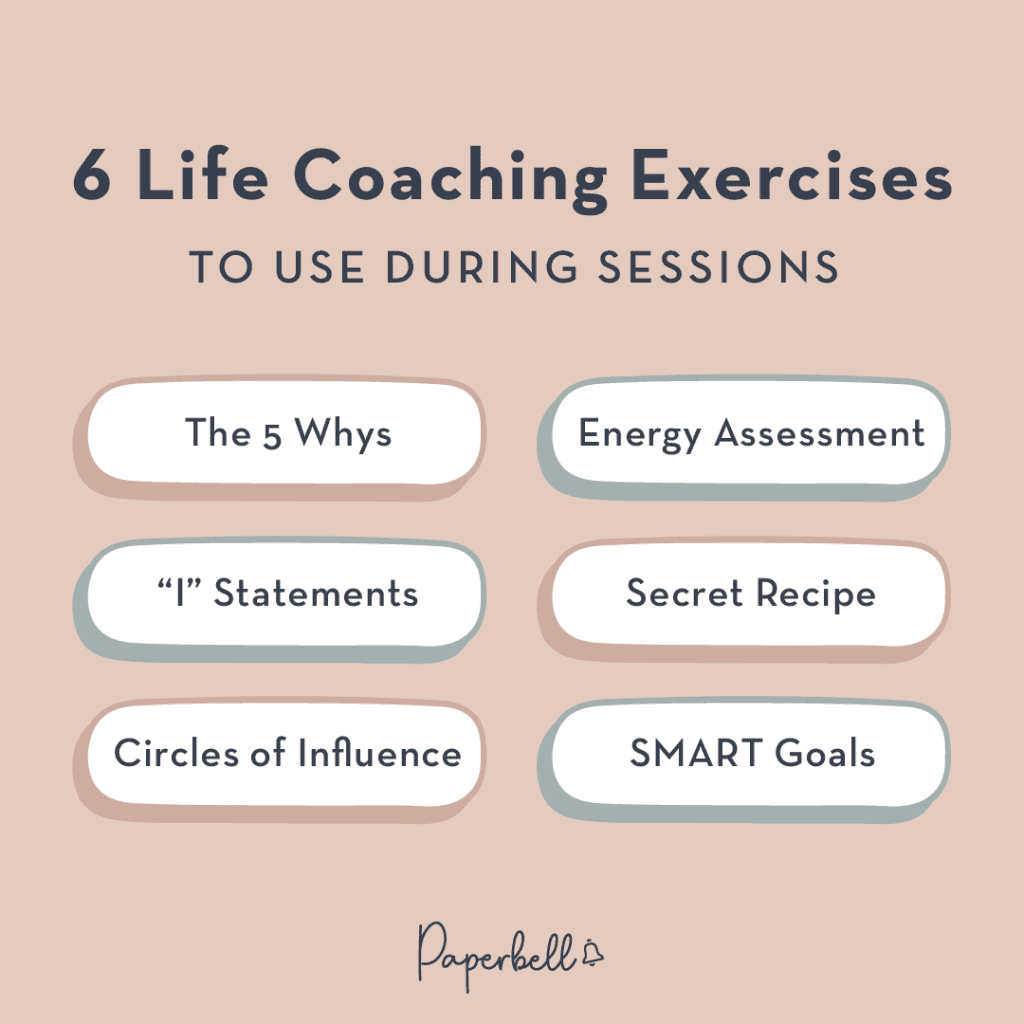
1. The 5 Whys
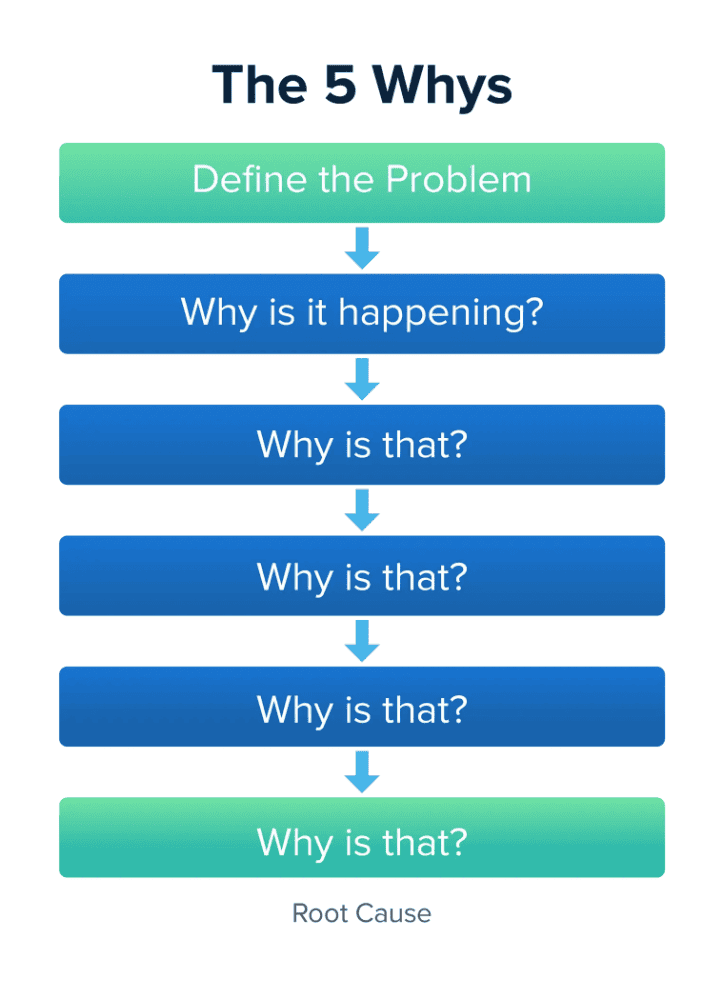
This simple method was originally developed by Sakichi Toyoda in the 1930s, and now it’s widely used in business settings, including coaching. It helps clients uncover the deeper motivations behind their goals or struggles so they can focus on what truly matters.
Here’s how it works: When your client shares what they want or struggle with, ask “Why?” Then repeat the question four more times, using their own words each time.
For example, if a client says they want to become wealthy, you may ask, “Why do you want to be wealthy?”
If they answer that they want to enter higher circles of society, you may follow up with, “Why do you want to enter higher circles of society?” And so on.
This might reveal that what they really seek is love and acceptance. Getting to the root cause of their desires can then completely shift the direction of your work together.
2. Energy Assessment
This exercise helps clients see the bigger picture of what lifts them up and what drags them down. Ask them to make two lists:
- One of the people, places, activities, or even belongings that gives them energy,
- And another that drains it.
Encourage them to get specific. For example, it may not be their spouse who drains them, but a particular habit or interaction with them, or the meaning they attach to it.
Once the lists are complete, you can work together to decide what to eliminate, change, or increase in their daily life to create more balance.
3. “I” Statements
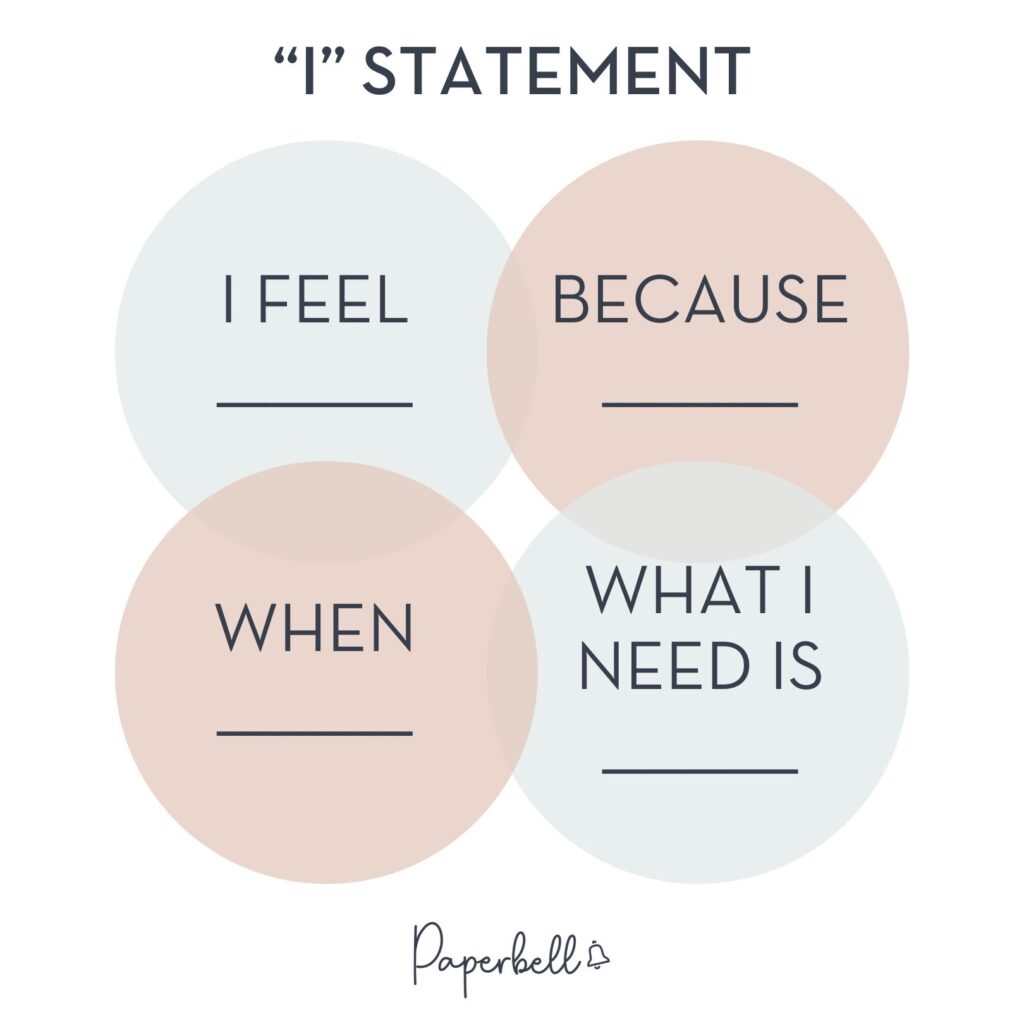
“I” statements are a simple but powerful tool for healthier communication, especially in conflict. Instead of blaming (“you always make me feel X”), it encourages clients to take ownership of their emotions.
Here’s what it looks like:
When you [do X], I feel [Y emotion]. It would work better for me if you could [do Z]. Would you be willing to try that?
This shifts the conversation from defensiveness to openness. You can role-play a real situation with your client to practice “I” statements so they’re better prepared to use them in an actual conversation.
4. Secret Recipe
Sometimes, clients find themselves wondering, “How did I end up here?” Their life may even feel like it’s on autopilot or veered off course. In these moments, ask them to describe the “recipe” that led them to their current situation.
This exercise encourages ownership by tracing the series of choices that shaped their reality. It also shows them that if a set of decisions created their present, a different set can create a new future.
5. Circles of Influence
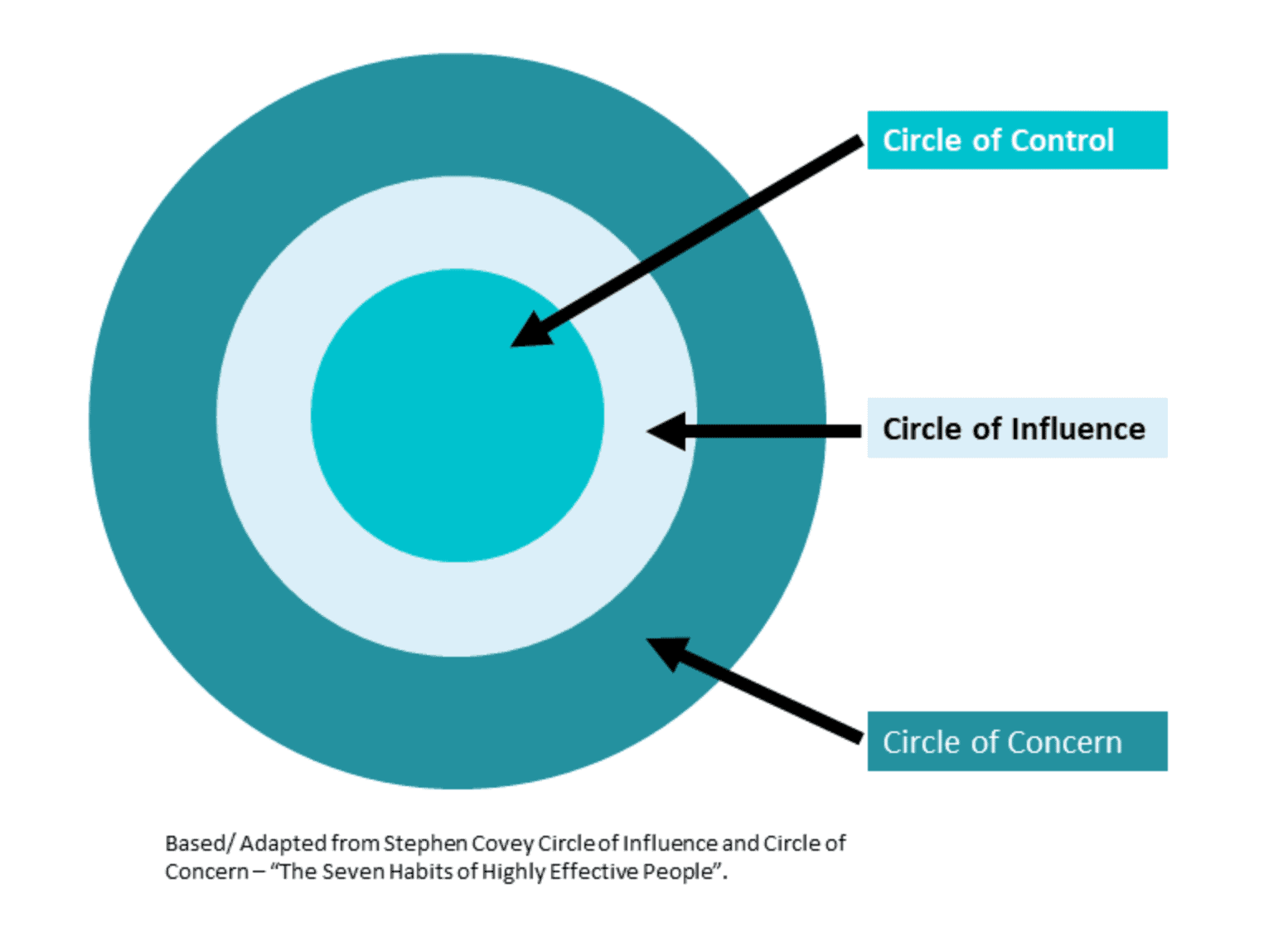
Difficult situations often feel overwhelming because clients believe they have no control. The Circles of Influence exercise helps them sort reality into three categories:
- What I can control
- What I can’t control but can influence
- What I can’t influence at all
You can draw three concentric circles to map these out with your client.
This visual tool is especially useful in situations when clients feel helpless, such as processing loss, because it redirects their energy toward areas where change is possible.
6. SMART Goals
The SMART framework helps clients turn vague aspirations into actionable plans by checking whether goals are:
- Specific
- Measurable
- Achievable
- Relevant
- Time-bound
Once a client sets a SMART goal, you can break it down into smaller objectives and ensure they aren’t overcommitting. Discuss how to spread their goals across yearly, monthly, and weekly milestones, track their progress, and celebrate each achievement along the way.
5 Life Coaching Exercises Clients Can Practice on Their Own
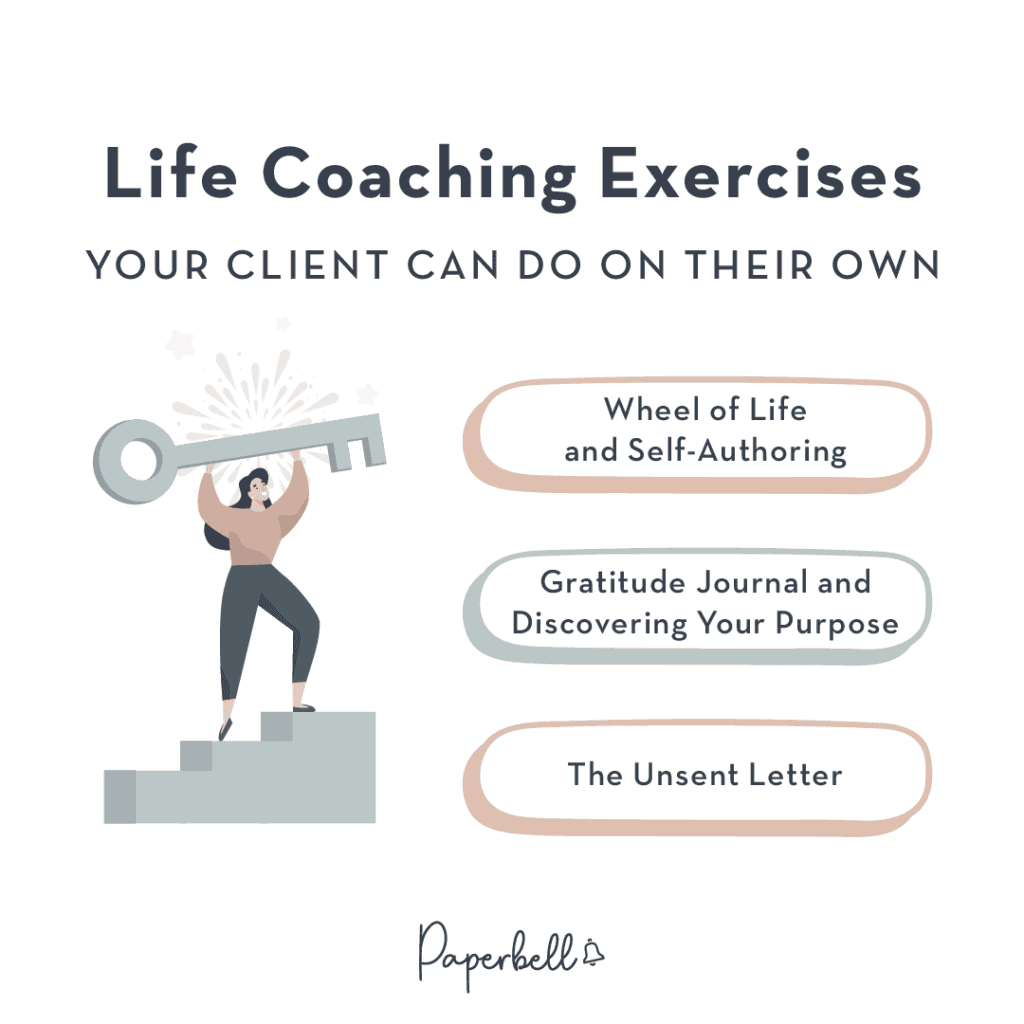
1. Wheel of Life
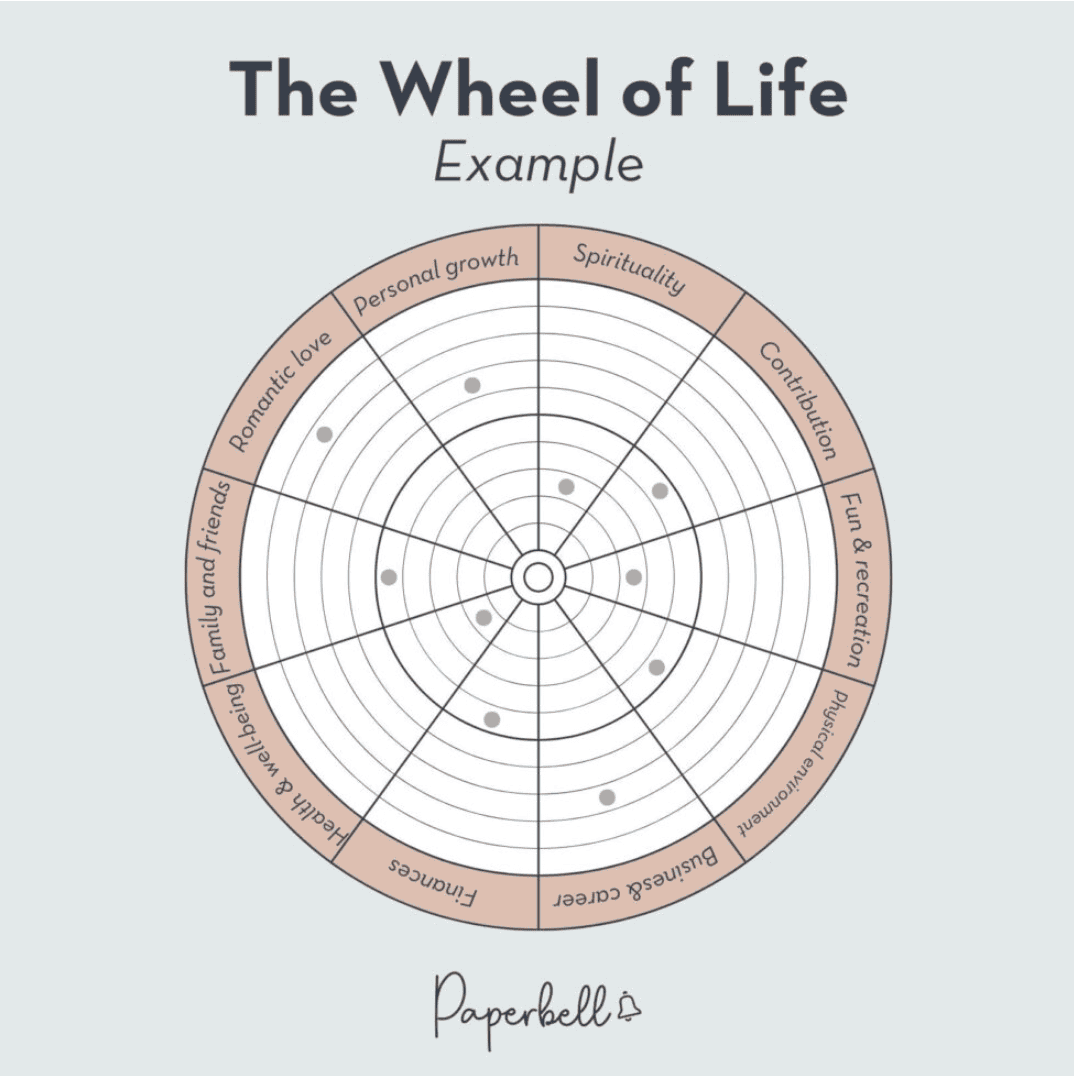
The Wheel of Life is a classic coaching tool for evaluating satisfaction across different areas of life. Clients can rate each category on a scale of 1-10 or note what’s working and what isn’t, then bring those insights into your next session.
Common categories include:
- Personal growth
- Romantic love
- Family and friends
- Health and well-being
- Finances
- Business and career
- Physical environment
- Fun and recreation
- Contribution
- Spirituality
For a deeper dive, look into Mindvalley’s Lifebook Program, which expands this exercise into a full-blown program envisioning 12 life categories.
2. Self-Authoring

The Self-Authoring Suite is a structured journaling tool that helps clients reflect on their past, identify their present values, and create a vision for their future.
It’s a time-intensive exercise (each section can take several days), so it works best as an optional assignment outside of sessions. Your client’s reflections can become rich material for your coaching conversations.
3. Gratitude Journal
Keeping a gratitude journal is one of the simplest yet most effective ways to boost feelings of happiness and contentment. It’s especially powerful for clients who are overly future-focused and struggle to stay grounded in the present.
By recording small daily moments of gratitude, they can shift their perspective and cultivate a greater sense of balance.
4. Discovering Your Purpose
This exercise helps clients uncover potential passions or a deeper sense of purpose. Ask them to send this question to 5-10 people who know them well:
“What is my unique ability that I do better than anyone else?”
Once they gather the answers, review the common themes together and explore how they resonate. This can provide clarity for clients considering a new career path, project, or direction that feels more fulfilling.
5. The Unsent Letter
In relationship coaching, clients often carry unspoken emotions they struggle to express. Encourage them to write an unfiltered, honest letter to the person involved, but without sending it.
During your next session, they can choose to read it aloud or simply reflect on the process. This often reveals the real source of hurt and lightens the emotional load, making space for a healthier, more constructive conversation later.
100+ Additional Free Life Coaching Exercises
Want to expand your toolkit even further? Here are three great resources offering 100+ additional coaching exercises you can draw from:
FAQ
How Often Should I Use Coaching Exercises With Clients?
Use them intentionally, not by default. Many coaches assign one exercise every few sessions or at milestones. Let goals and client capacity guide cadence, and debrief before adding more.
What If My Client Resists Doing Exercises?
Explore the reason behind their resistance, such as relevance, time, or discomfort. You may modify the exercise according to their preferences by offering a lighter version of it or turning to another one.
Can I Modify Exercises for Different Clients?
You can modify coaching exercises by keeping their core structure and objective in place and altering their prompts according to your client’s needs. This often improves client engagement and leads to better results.
How Do I Know If an Exercise Is Working?
You’ll know an exercise is working when your client gains new clarity, takes action between sessions, or shows noticeable shifts in mindset or behavior. You can also ask for their direct feedback.
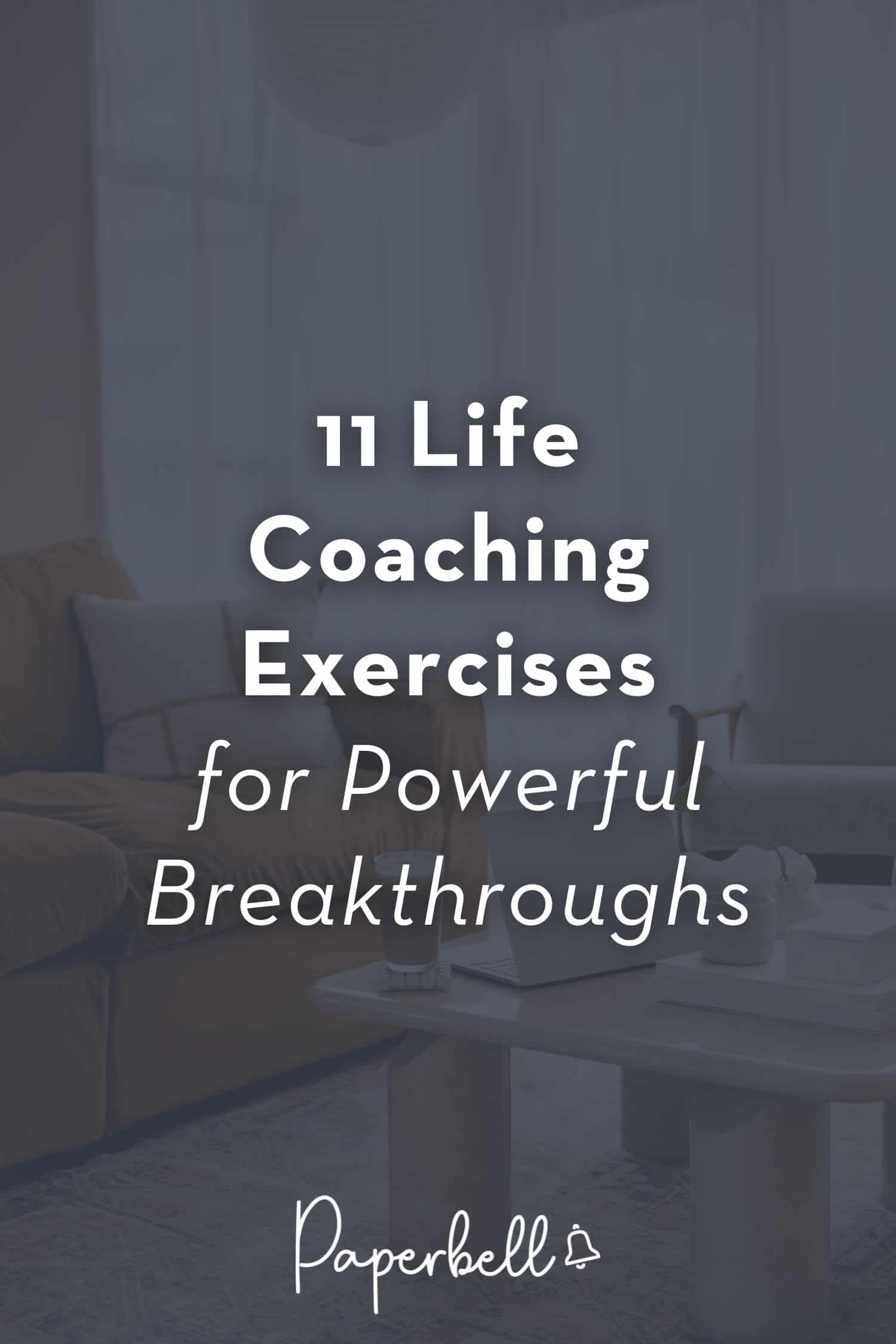
Editor’s Note: This post was originally published in January 2022 and has since been updated for accuracy.
